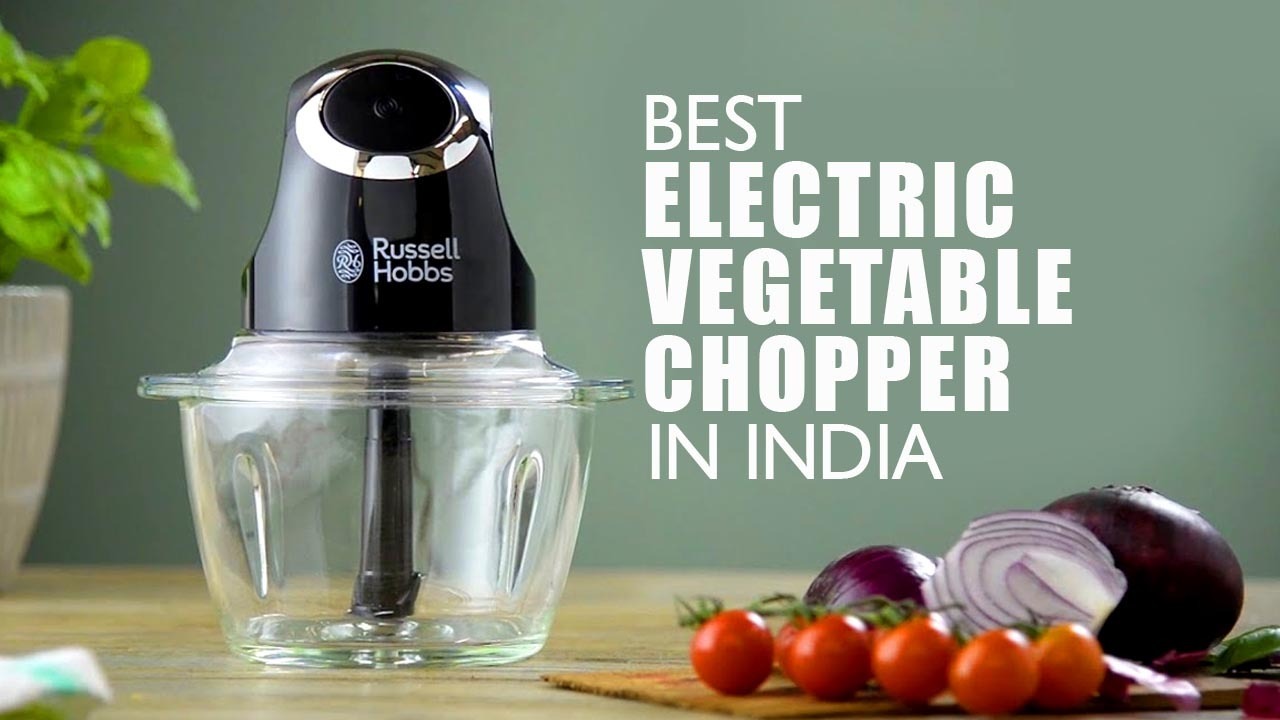The hand blender is an indispensable accessory for culinary enthusiasts, but it often happens that the residues of some ingredients are particularly difficult to eliminate. So, how do you always keep this accessory in optimal hygiene conditions?
Below, we will see 4 different ways to clean the hand blender quickly and easily, both with natural methods and with industrial soaps. Before moving on to the tips for cleaning the hand blender, however, a little clarification is necessary.
Not all hand blender models are the same and this means that the same cleaning techniques cannot always be used. The models equipped with a removable rod are certainly the most versatile in this sense compared to the one-piece models.
The possibility of removing the rod in fact implies that this component can be washed more deeply, without risking the internal motor.
4 Ways To Clean The Hand Blender
1. Blend boiling water and vinegar
This cleaning method is especially valid for those who have a hand blender with a non-removable rod. Put to boil a bit of water, about 1/3 of the capacity of the measuring cup of your hand blender.
When it is hot (even if it does not boil it is okay) add a spoonful of vinegar and proceed by whipping it at maximum power. After about 30 seconds the food residues will have detached from the blender and will have ended up in the water.
Then proceed to dry the blender and store it away.
The only precaution to keep in mind with this method is to make sure that the hand blender is able to withstand high temperatures, otherwise you risk damaging the hard plastic or the internal motor.
2. Use a damp cloth
If the best hand blender in India you own has a non-removable rod and does not withstand high temperatures, the only way you can get rid of the dirt is to use a damp cloth to clean all the components.
The solution to moisten the cloth can be both water and vinegar-based or water and bicarbonate based. Dip the cloth slightly, wring it out well and pass it first outside the hand blender, then inside. Pay close attention to the blade area which is usually the part where the residues accumulate most.
Use the tip of the cloth and avoid touching the blades with your fingers. If the residues are particularly sticky (for example fruit residues), before passing the cloth, immerse the blades in cold water and operate the blender, so as to eliminate the bulk of the pulp.
3. Leave the rod in the water and baking soda
This technique is recommended for those who have a hand blender with a stainless-steel rod. In fact, this material is particularly suitable for withstanding high temperatures and at the same time is quite simple to clean.
Again, the first step is to boil water. As soon as it is ready, add a spoonful of baking soda and stir until it has dissolved.
Then, continue by dipping the rod inside the bowl with the water and baking soda and leave it to rest for about 30 minutes. After this time, take the rod back, rinse it under running water and let it dry.
4. Use a toothbrush and some dish soap
This technique is also recommended only for those who have a hand blender with a removable rod. It is a cleaning method to be used especially in the case of very stubborn dirt, such as oil, meat or fish residues.
Rather than using the classic dish sponge, not very useful between the blades, it is better to use a toothbrush. Add a drop of dish soap in a glass half-filled with water and dip the toothbrush in it, then proceed with cleaning.
After removing the residues, remember to rinse the rod thoroughly with running water. It is essential that no soap remains around the blades.
I hope you liked our article. We explained all 4 methods as easiest as we could. If you found it helpful, do share it with others and help them. If you have any queries, please feel free to ask in the comment section below and we will help you out.





